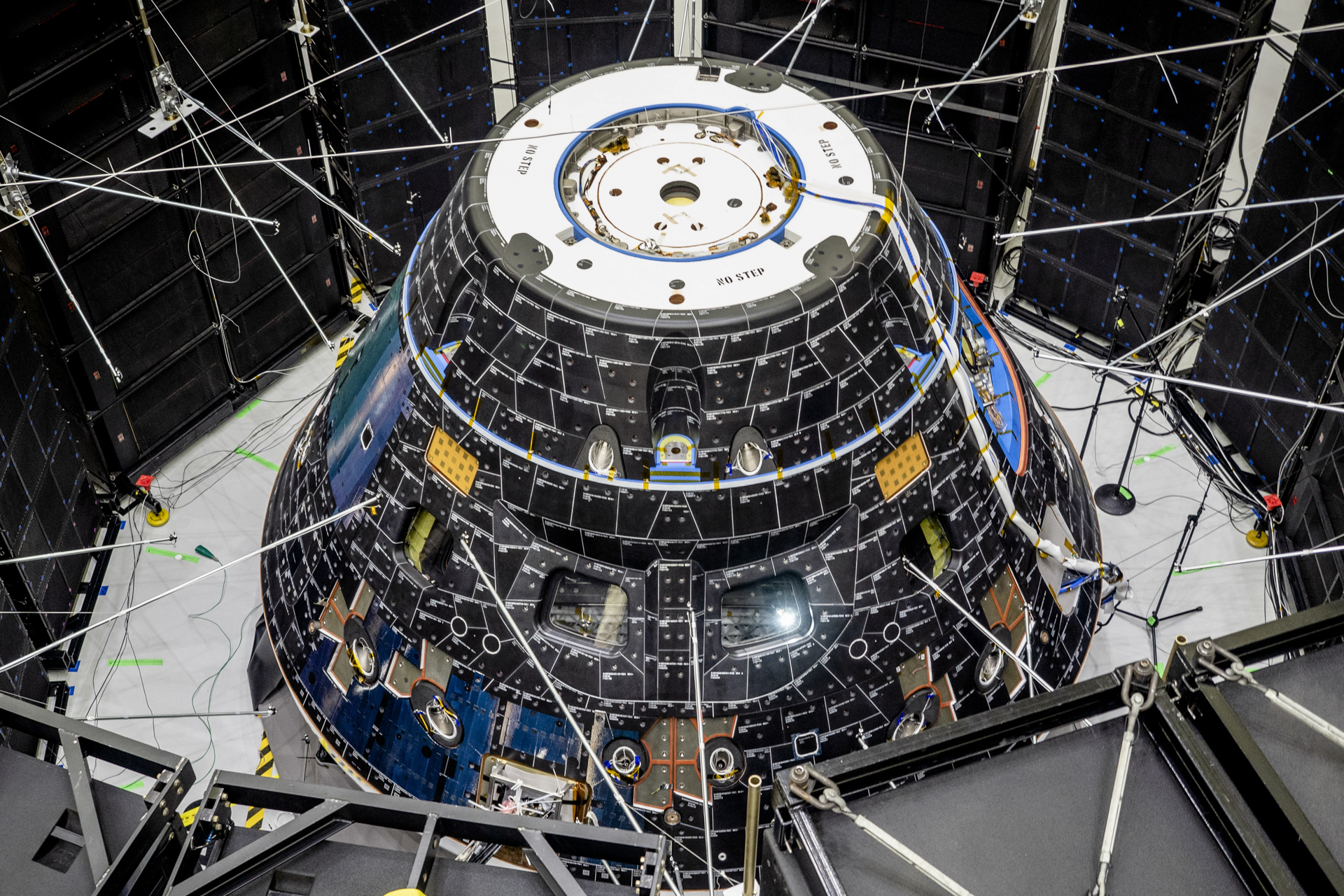
In a presentation at the 2019 International Astronautical Congress in Washington, D.C., NASA Administrator Jim Bridenstine spoke about the agency’s plans for the Artemis mission to the moon and then on to Mars. And he laid out how NASA plans for pay for this new era of manned space exploration: By encouraging the commercialization of low-earth orbit in order to cut costs for the agency.
“We’re not going back to the moon,” Bridenstein promised. “We’re going forward to the moon.” The aim for the 2024 mission is for astronauts to stay on the moon for a longer period of time than ever before, and for the mission to be sustainable in a new way by using resources found on the moon itself.
Of course, sending humans off the planet is expensive, especially when trying to take them farther than any man has traveled before. To achieve its aims, NASA intends to double down on partnerships with commercial companies and to encourage even more commercial activities in space.
Currently, NASA has commercial space programs such as the commercial resupply missions for the International Space Station and the upcoming commercial crew program. It wants to expand these programs to include commercial habitation programs too, especially in low-earth orbit where the International Space Station (ISS) resides.
Earlier this year, NASA caused some controversy when it announced that the ISS would begin accepting space tourists as early as 2020. Experts worried about the precedent of allowing wealthy individuals to visit a scientific research outpost and about the potential environmental costs of transporting those passengers into space.
Others have raised concerns that NASA may be putting itself in competition with private companies, but Bridenstine doesn’t see it that way. “NASA wants to be a customer,” he explained. “One of many in a very robust marketplace in low-earth orbit.” The type of work that can be done in low-earth orbit includes bio-medicine projects like the 3D printing of organs using adult stem cells, or the creation of artificial retinas. This work can’t be performed on Earth because of the way materials are layered, but it can be done in the microgravity of space.
The hope is that the proliferation of commercial programs will lower costs for NASA: “We want those companies to go out and get customers that aren’t us, to drive down costs,” Bridenstine said.
An example of this commercialization in action will be the delivery of the VIPER rover, the lunar rover that should land in 2022. The rover will be built by NASA, but it will be delivered by a private company through the Commercial Lunar Payload Services, or CLPS, program.
Partnerships between NASA and private companies have not always worked out smoothly, however. Bridenstein publicly criticized SpaceX CEO Elon Musk recently for showing off the company’s new Starship rocket while its contributions to the commercial crew program are “years behind schedule.” And similar scheduling issues have beset Boeing’s crew capsule, the Starliner, which has also been delayed.
Time will tell if the involvement of private companies is the key to a more affordable space program, or whether a focus on profits over exploration will undermine the efforts of NASA and other government space agencies.



